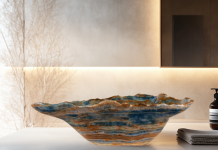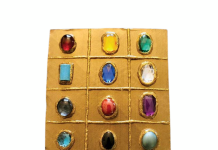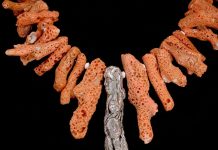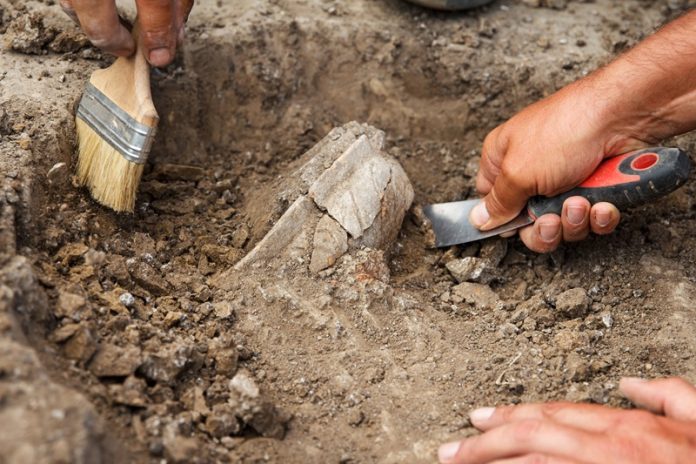
Fossil collecting often involves a treasured fossil find that broke when it was collected or cracked at some point. Filling cracks is an often-used procedure to make the fossil more presentable.
Preparing and preserving fossils all begins when you’re fossil collecting in the field. When recovering any fossil, patience is a virtue. Taking some time during fossil collecting sometimes will avoid a broken or damaged fossil. It’s also important to get all the pieces immediately. It is much harder to come back later and try to find missing pieces.
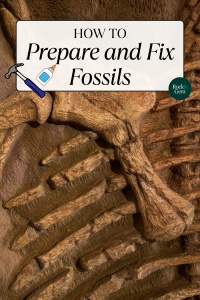
Fossil Collecting: Fix It Options
The problem is that there are nearly as many ways to recover and fix fossils as there are fossil hunters. In many cases, field stabilization is not necessary, but if it is necessary, the following information may be helpful.
In shale that is very fragile, when fossil collecting marine invertebrates like trilobites and crinoids, I will use a penetrant stabilizer. This is a thin liquid glue that contains various plastics in the solution. Once applied, the liquid penetrates the fossil and the crack. It evaporates quickly and leaves the plastic or glue behind. I use these for dinosaur bones as well, but one must be patient and let the item thoroughly dry before attempting any removal.
In some cases when digging Pleistocene material, I use white glue and water. However, this takes a long time to dry. I mix 75 percent water with 25 percent white glue.
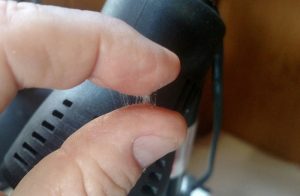 Product Options
Product Options
There are two main products I use to stabilize fossils. Vinac is a mixture of plastic beads (polyvinyl acetate or PVAC) that can be purchased from PaleoBond.com. Premixed solutions are also available.
If not premixed, then the beads are mixed with acetone until the desired thickness is reached. For stabilizer, add just a small number of beads until they dissolve and then add more. The perfect stabilizer is when you touch the liquid between your thumb and forefinger rapidly and small “hairs” or plastic filaments form between your fingers. The more plastic you add, the thicker the glues.
I also purchase empty “tin” containers and fill them myself. The ends are then crimped for a DIY glue tube that’s usable at home or in the field. Make sure to label them so you know the consistency. I also use refillable plastic bottles with capillary tips. These capillary tips have small openings for precise application. They are so small they can be inserted in cracks to get the glue down into the fossil for better adhesion.
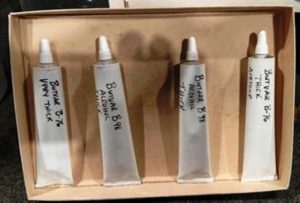
Butvar® is a product that comes in a small coarse powder-like texture. Slowly mix the liquid until the proper consistency is achieved. B98 is a thermoplastic, polyvinyl butyral that dissolves in alcohol and B76 is a thermoplastic, polyvinyl butyral that dissolves acetone. B98 is desired by many as it is also easily reversible. If mistakes are made, alcohol will loosen the bond and it can be refitted. This is great because Vinac is much harder to reverse.
If all else fails, any cyanoacrylate glue like the commercially available Crazy Glue and Gorilla Glue will work but the break must be clean and free of debris and you must put the broken pieces back exactly as they were otherwise it will not set and work correctly. These glues cannot be reversed, so be very careful when using commercial cyanoacrylates.
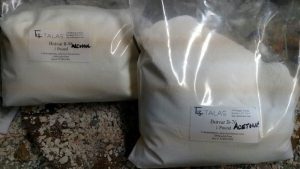 Careful Application
Careful Application
There are also many types of epoxies ranging from 60-second fixes to 2-minute, 5-minute and 20-minute fixes. They are ready-to-dispense two-part products. Mixing thoroughly is critical otherwise it will leave a soft unset product in certain areas. I prefer to use the shorter set-time epoxy, but you must be quick and accurate. Starbond® is a product that works well in these cases.
Many two-part epoxies come in various colors to match what you are fixing. After mixing and applying, make sure the excess is removed with a rag otherwise the surface will not appear natural. Start with the smallest amount to see which product fits your needs better.
Quick Tip: Don’t use shellac or varnish on fossils. They will just turn yellow or brown over time. I use Vinac or Butvar® to put a final coat preservative on the fossil.
This story about fossil collecting previously appeared in Rock & Gem magazine. Click here to subscribe. Story by Joseph J. “PaleoJoe” Kchodl.



